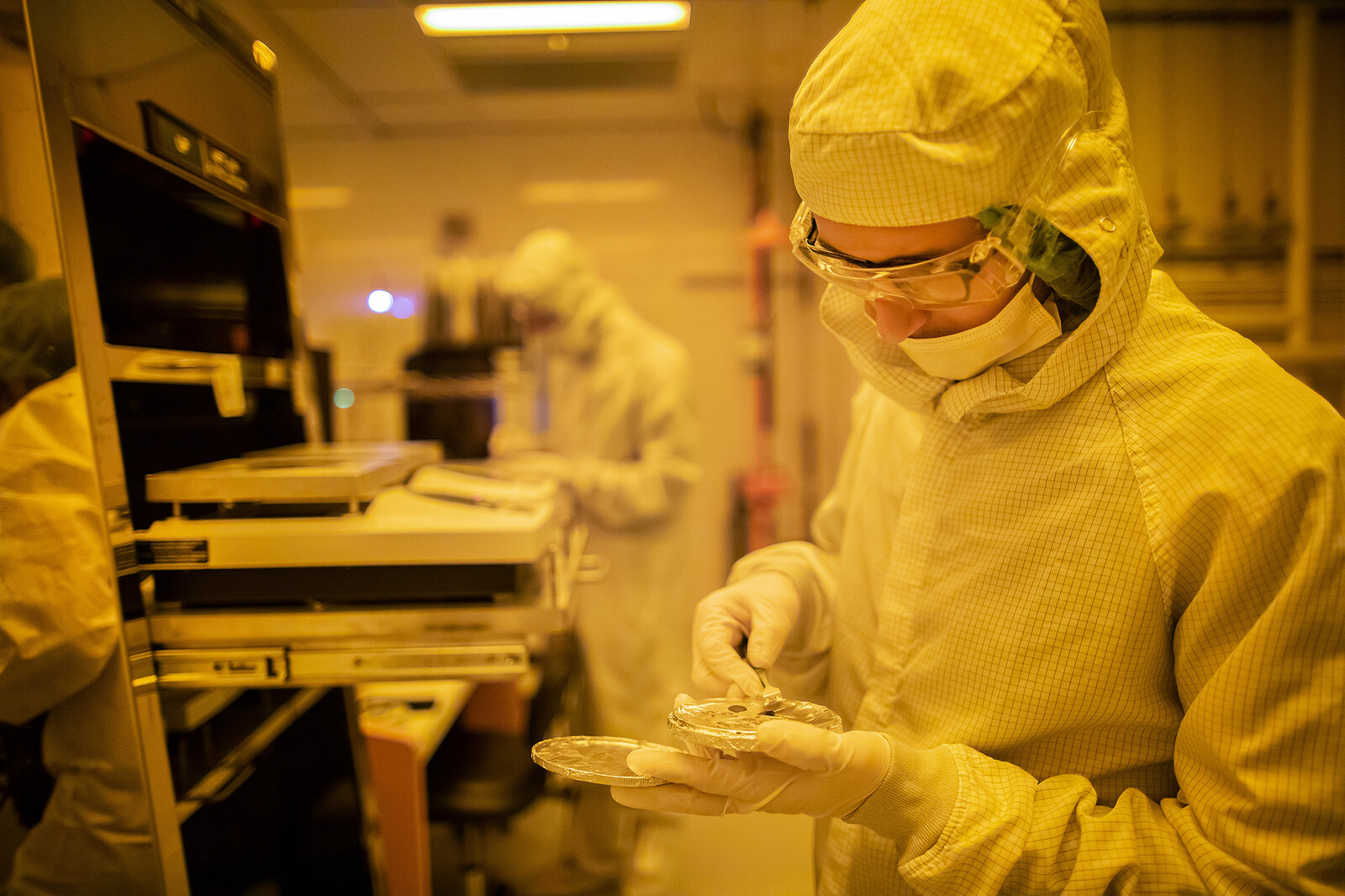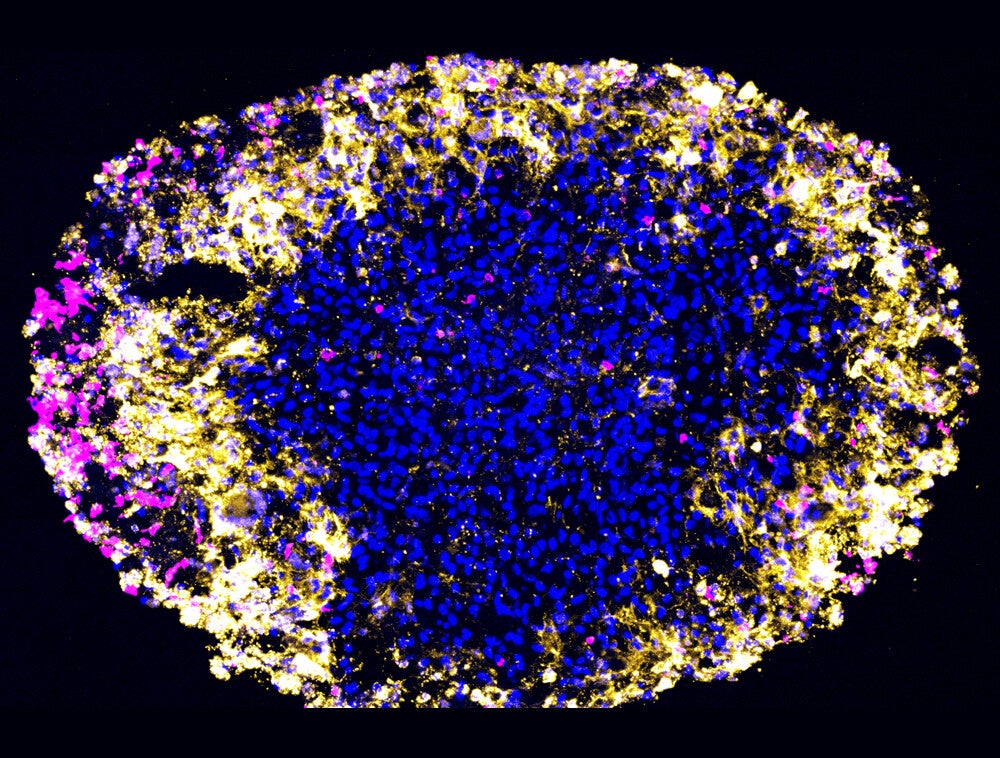
Brain tumor organoids accurately model patient response to CAR T cell therapy
Lab-grown tumors respond to cell therapy the same as tumors in the patients’ brains, according to researchers at the Perelman School of Medicine.
Each day, in every school at Penn, from labs to libraries, field sites to clinics, researchers are making strides to cure diseases, improve lives, and better understand our world.
“U.S. higher education is a key driver of American competitiveness in the world. Educating, innovating, and providing outstanding clinical care: Penn’s transformative discoveries grow the economy, improve lives, and increase opportunity for people far beyond our campus.”
Penn President J. Larry Jameson

Lab-grown tumors respond to cell therapy the same as tumors in the patients’ brains, according to researchers at the Perelman School of Medicine.
$2B
5,000+
230
920
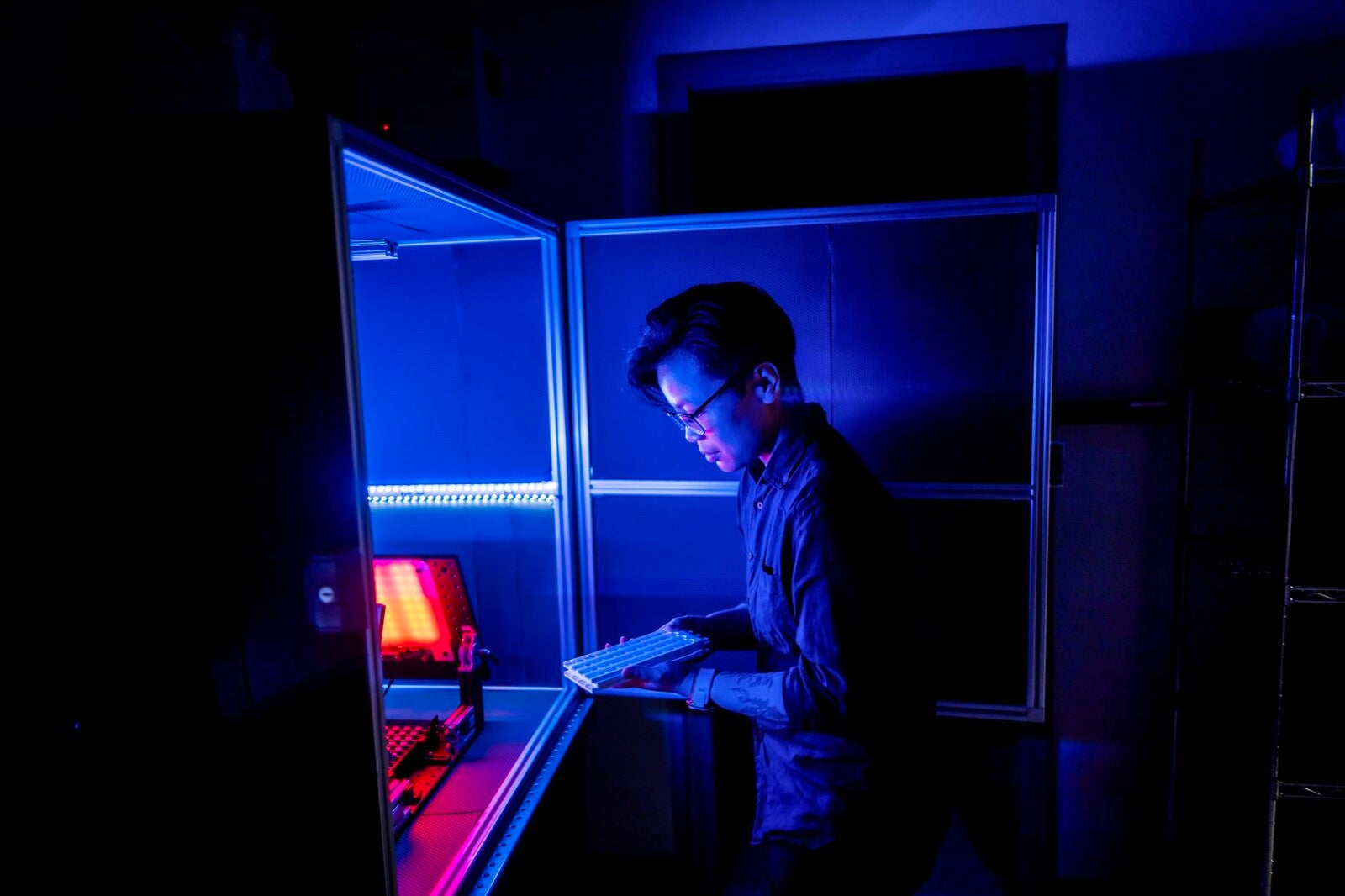
Researchers from the School of Arts & Sciences discovered "wing spreading" in Drosophila santomea, which offers insights into an underrepresented area in sexual reproduction research: female-initiated behaviors.

Researchers from the Perelman School of Medicine and School of Veterinary Medicine are working on a new vaccine for the H5N1 virus, studying its transmission, and helping Pennsylvania test samples from birds and mammals.
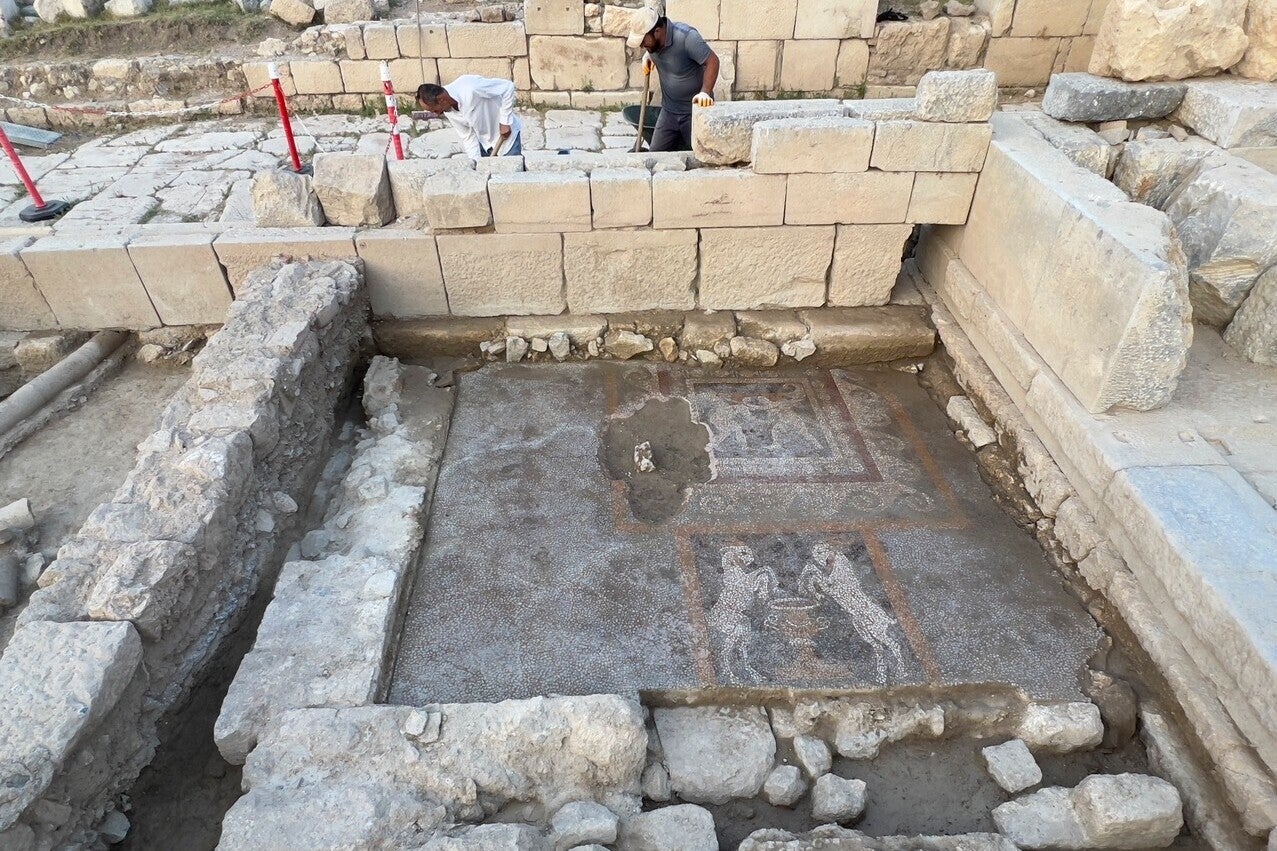
Mantha Zarmakoupi from the School of Arts & Sciences has spent the past four summers excavating the ruins of a city council building at the center of Teos in western Türkiye.

A duo from the School of Arts & Sciences and School of Engineering and Applied Science led research that could crack the code of the mud smeared on baseballs for nearly a century that pitchers profess provides a perfect grip.

Penn Vet and Penn Medicine researchers found that endothelial cells lining the veins in lungs contribute to repair of blood vessels after lung injury.

Weitzman School of Design’s Xiaoxia "Summer" Dong focuses on the travel behavior and mode choice impacts of driverless cars.
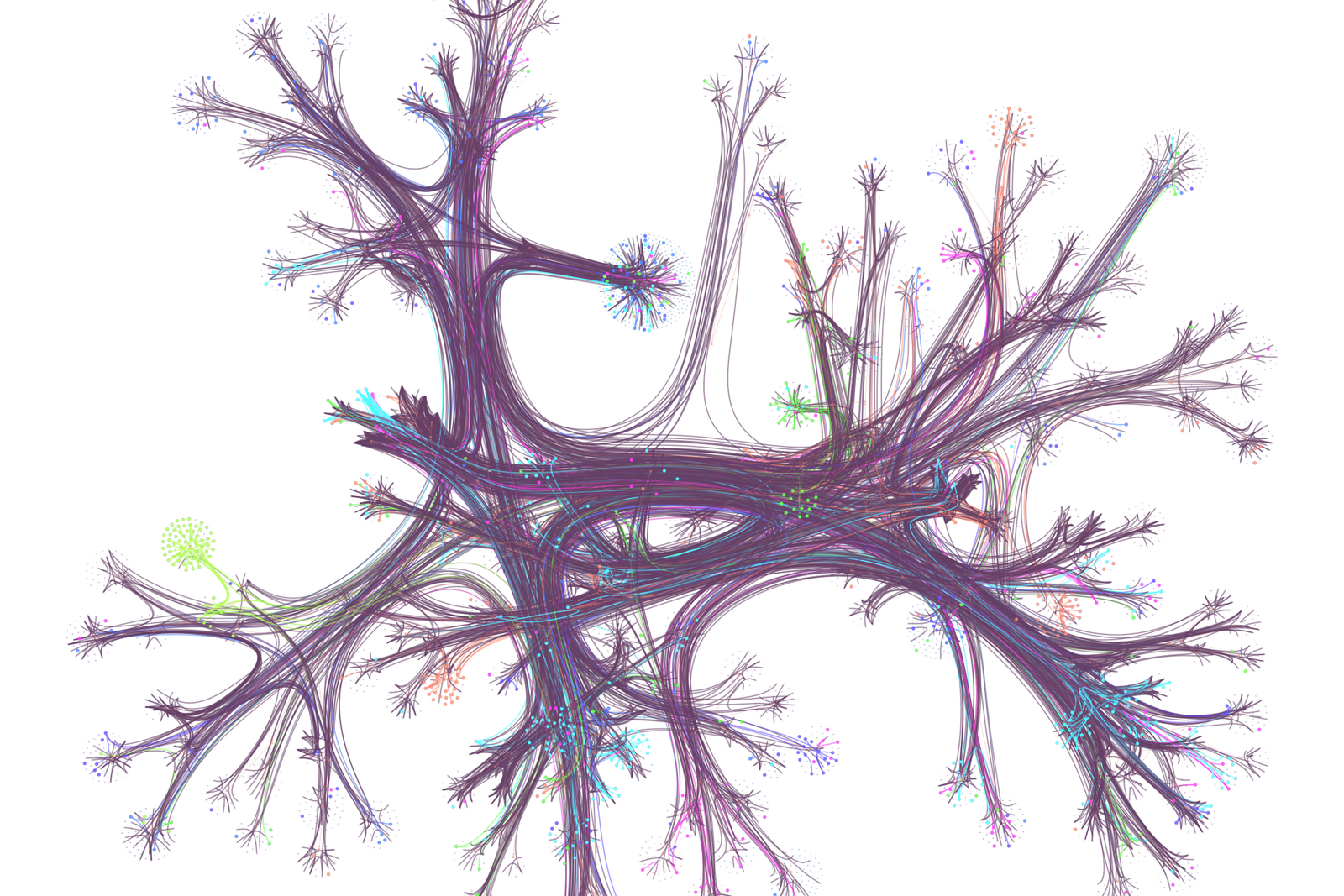
Researchers from the School of Engineering and Applied Science analyzed peoples’ information-seeking styles and found that gender and education inequality track different types of knowledge exploration.
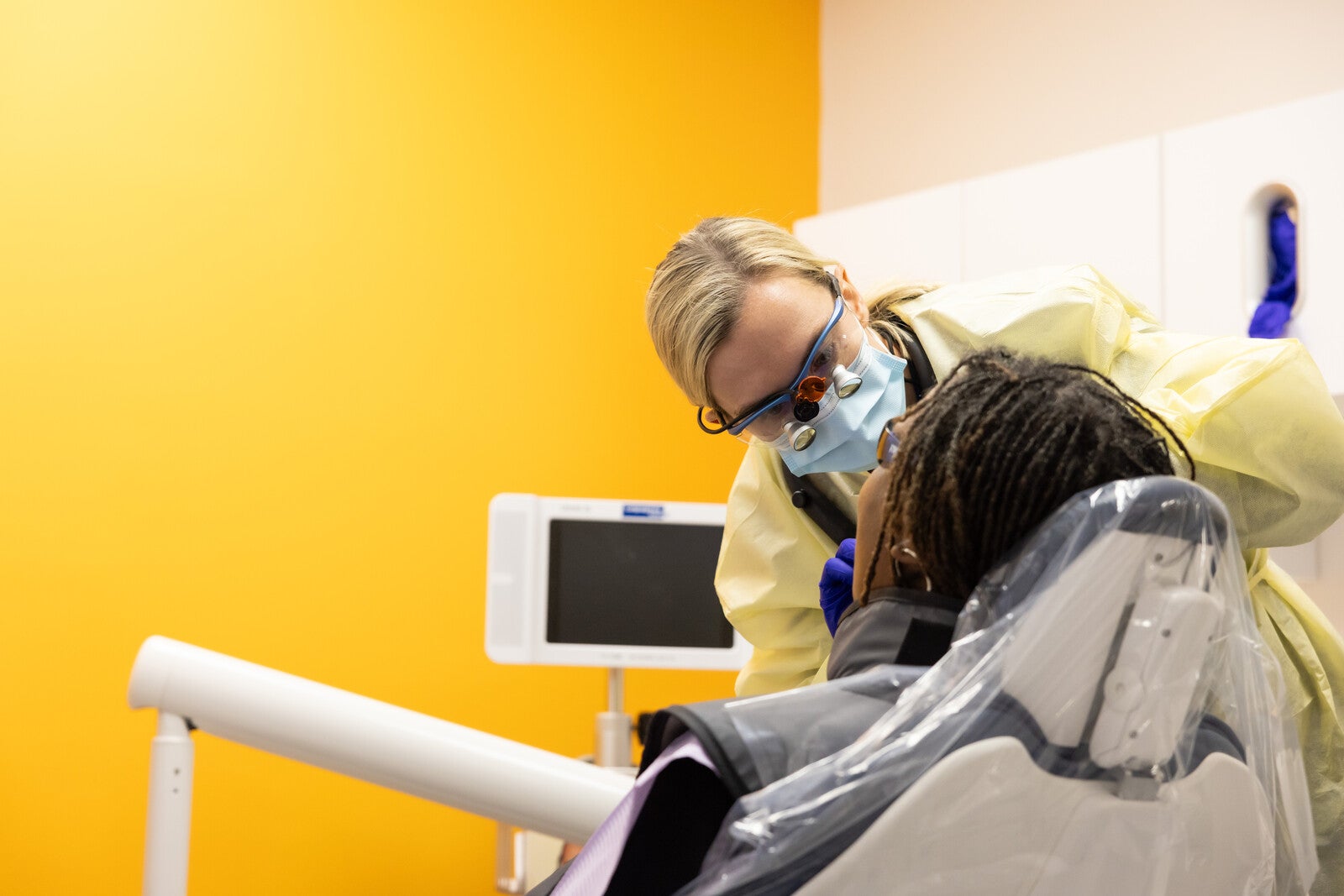
A new study from Penn Dental Medicine demonstrates the potential usefulness of saliva tests for tracking periodontitis.
Giant companies stay on top because they’re both more productive and scalable than their competitors, according to research from Wharton and the School of Arts & Sciences.
Findings from the Graduate School for Education underscore the fact that the effects of absenteeism are cumulative, with each missed day contributing to classroom "chaos."
A new study from the Annenberg School for Communication finds that violent speech in movies is increasing over time, even in non-crime films.
A Penn Nursing study has identified a critical brain circuit that plays a pivotal role in regulating cocaine-seeking behavior.
School of Social Policy & Practice’s Jennifer Prah has written a comprehensive framework that takes a worldwide approach to attaining global health goals.
Researchers in Penn Carey Law School and the School of Arts & Sciences have found that failure-to-appear plays a central role in criminal case processing in Philadelphia.
Research at Penn is also a print publication that highlights some of the groundbreaking and innovative research happening across the University’s 12 schools. Featuring original and repurposed stories from Penn Today, Research at Penn is brought to you by the Office of University Communications and is printed twice a year. For more information on Penn’s research ecosystem, visit the Office of the Vice Provost for Research. To request a print copy of Research at Penn, email upnews@upenn.edu.
RECENT EDITION
Spring 2025
